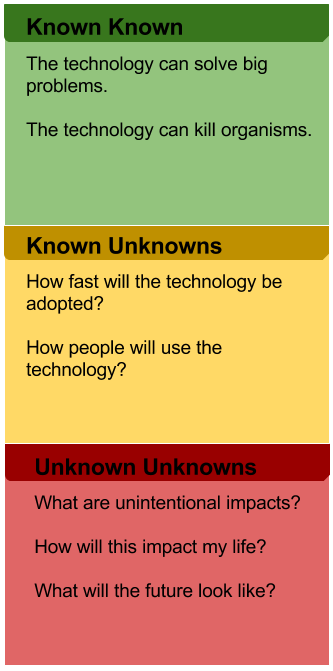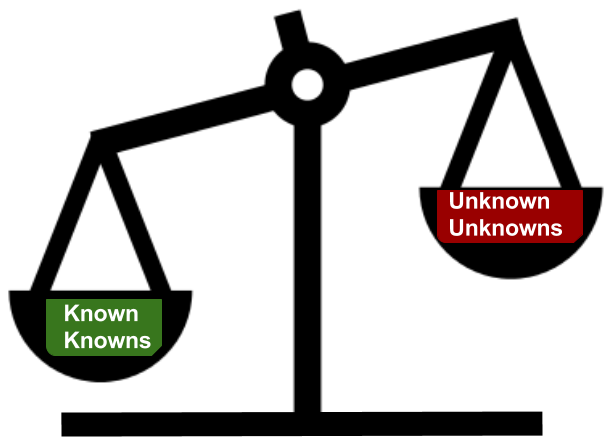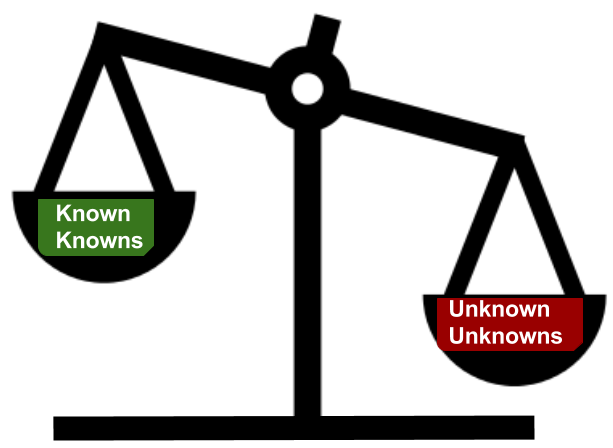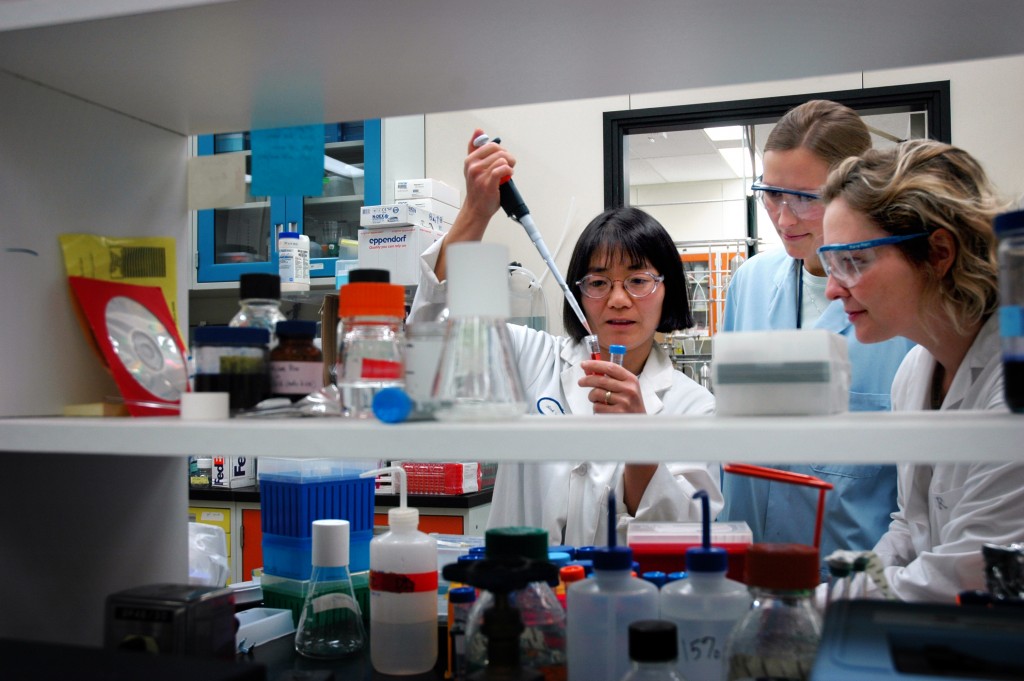GMOs are a product of modern technology that has created many to fear the technology. Some people have called for a ban of the technology. While others praising the technology and claim that it will solve many of the world’s problems. This reaction of pessimism and optimism is common with any advancement in technology. This post isn’t about showing how one side is correct and the other wrong, but instead, how each thinks and justifies their position. To examine both sides let’s look at the known knowns.
In 2002 Donald Rumsfeld famously said, “…because as we know, there are known knowns; there are things we know we know. We also know there are known unknowns; that is to say, we know there are some things we do not know. But there are also unknown unknowns – the ones we don’t know we don’t know. And if one looks throughout the history of our country and other free countries, it is the latter category that tend(s) to be the difficult ones.”
He was talking about Iraq and the possibility of the government to give weapons of mass destruction to terrorist groups. Weapons are a technology and have the same problem of pessimism and optimism.

The difference between optimist and pessimist is what they value and what carries weight in their thinking.

For the optimist, they weigh the Known Knows and the current problems more than the Unknown Unknowns. Biotechnology and the ability to create GMOs can; feed more people, reduce the effects of climate change, lift people out of poverty, cure disease. It is the Known current problems that drive the optimist’s thinking.

The Pessimist weigh the Unknown Unknowns more than the Known Knowns. The pessimist might acknowledge the current problems and that GMOs could provide solutions to those problems. They would then point out and say that we can not take the risk of solving the world’s problems with GMOs because we do not fully understand all of the impacts. They could say that we would make bigger problems by using GMOs.
Closing thoughts:
To move forward, both sides have to acknowledge the concerns and way of thinking of the other. The optimist can work on learning more about the unknowns to remove concerns. The pessimist can learn more about the knowns and how the knows can answer unknowns.
If you look at the three color information stop light you will notice that these statements and questions could be applied to any technology. We have just learned and experience some technologies longer and have removed the unknown unknowns.







